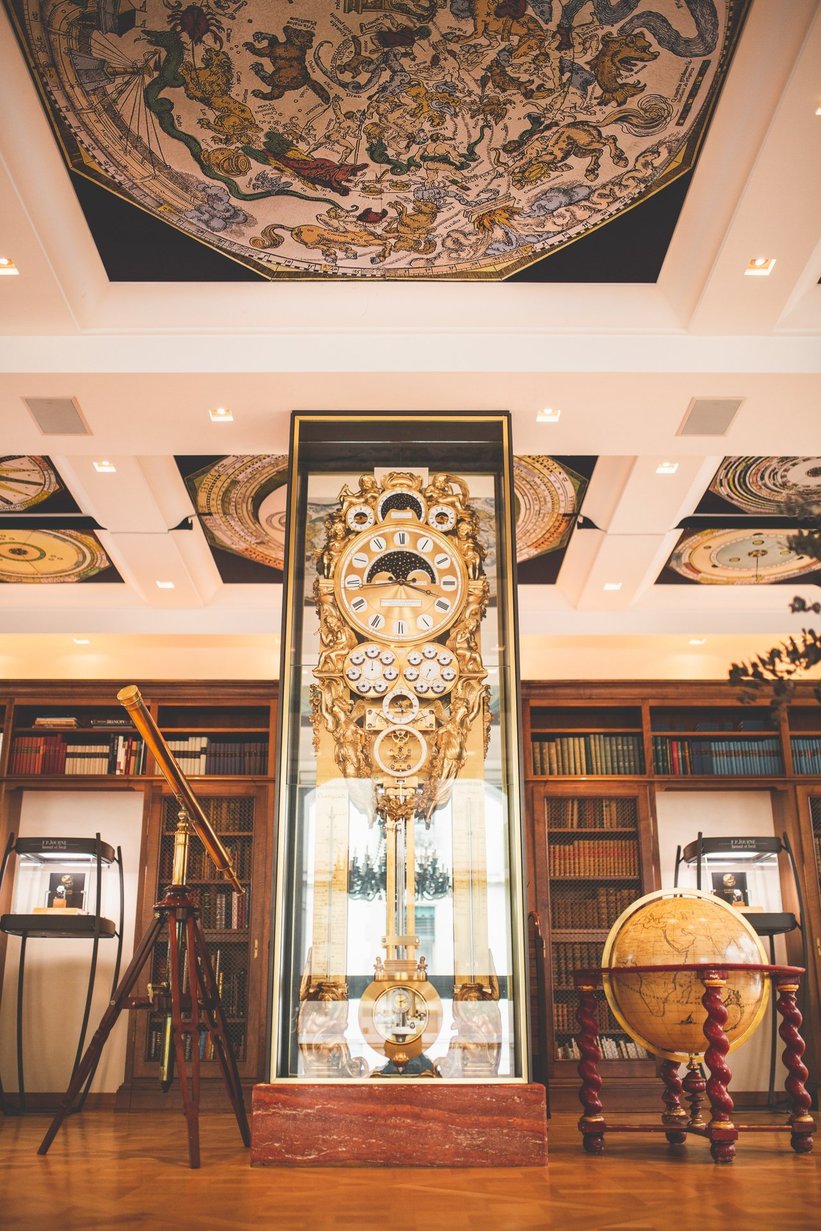

One of the brightest stars in the Swiss watch making firmament right now is not a dial name with a couple of centuries of history behind it, but one that emerged just 21 years ago - a relative blink of the eye in horological terms. His name is Francois-Paul Journe and, although his eponymous watches are made in the very heart of Geneva, he is a Frenchman through and through having been born in Marseille in 1957.
Described as having been an 'unruly' child, he remains something of an industry maverick, despite the fact that he recently celebrated his 63rd birthday. Indeed, his bad behaviour at 'normal' school is what led Journe's parents to enrol him for watch making classes at the age of just 15.
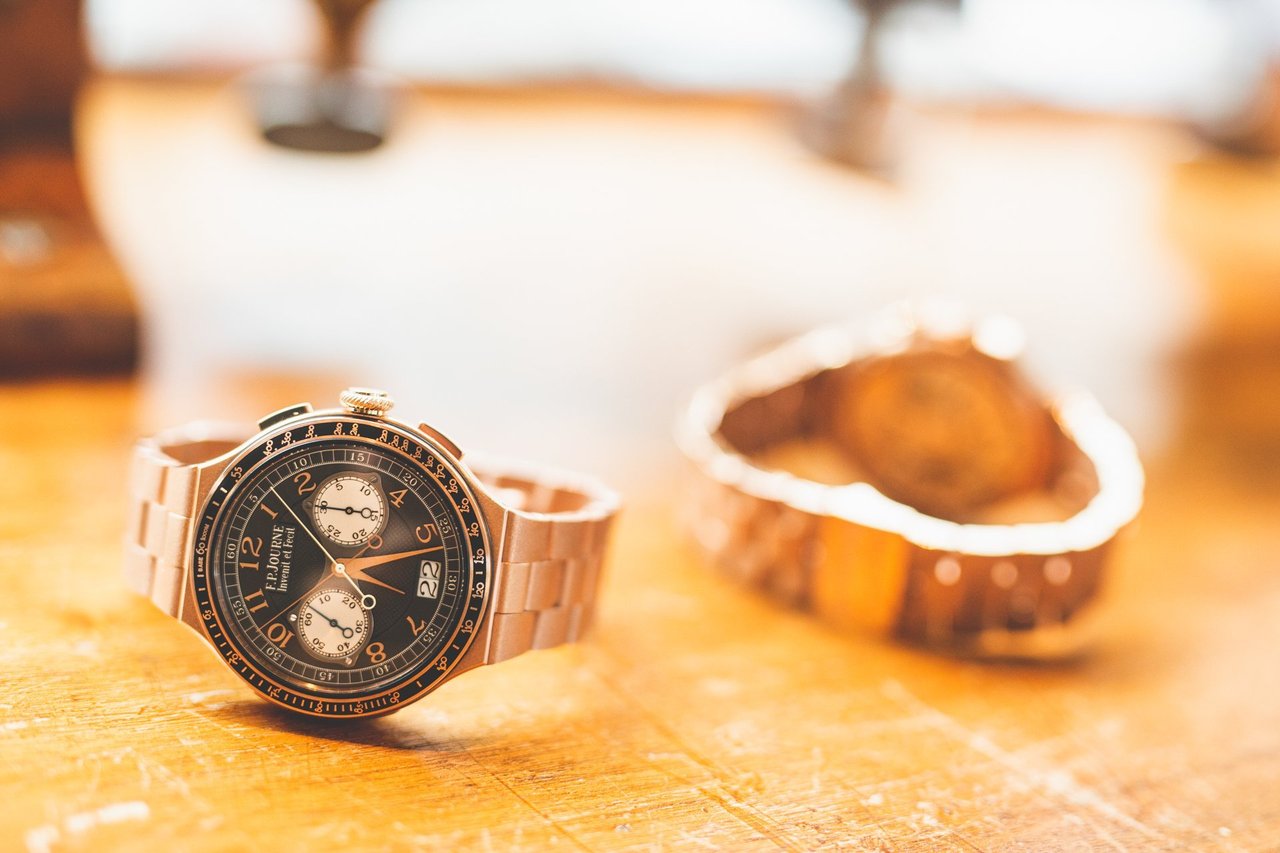
He was expelled after a couple of years, but by then was hooked on horology and headed north to Paris, where he was taken on as an apprentice by an uncle who repaired clocks and watches out of a workshop in Saint-Germain-des-Prés.
The experience introduced him to some of the world's most prominent collectors and exposed him to the work of the great masters of old, such as Ferdinand Berthoud and Abraham Louis Breguet, and he decided to follow their intellectual approach to the craft - in other words, he sought out problems for the sheer satisfaction of solving them. By his early twenties, he had made his own tourbillon pocket watch and, during the mid 1990s, began to conceive his own small collection of wristwatches which resulted in the founding of the F.P.Journe brand in 1999.
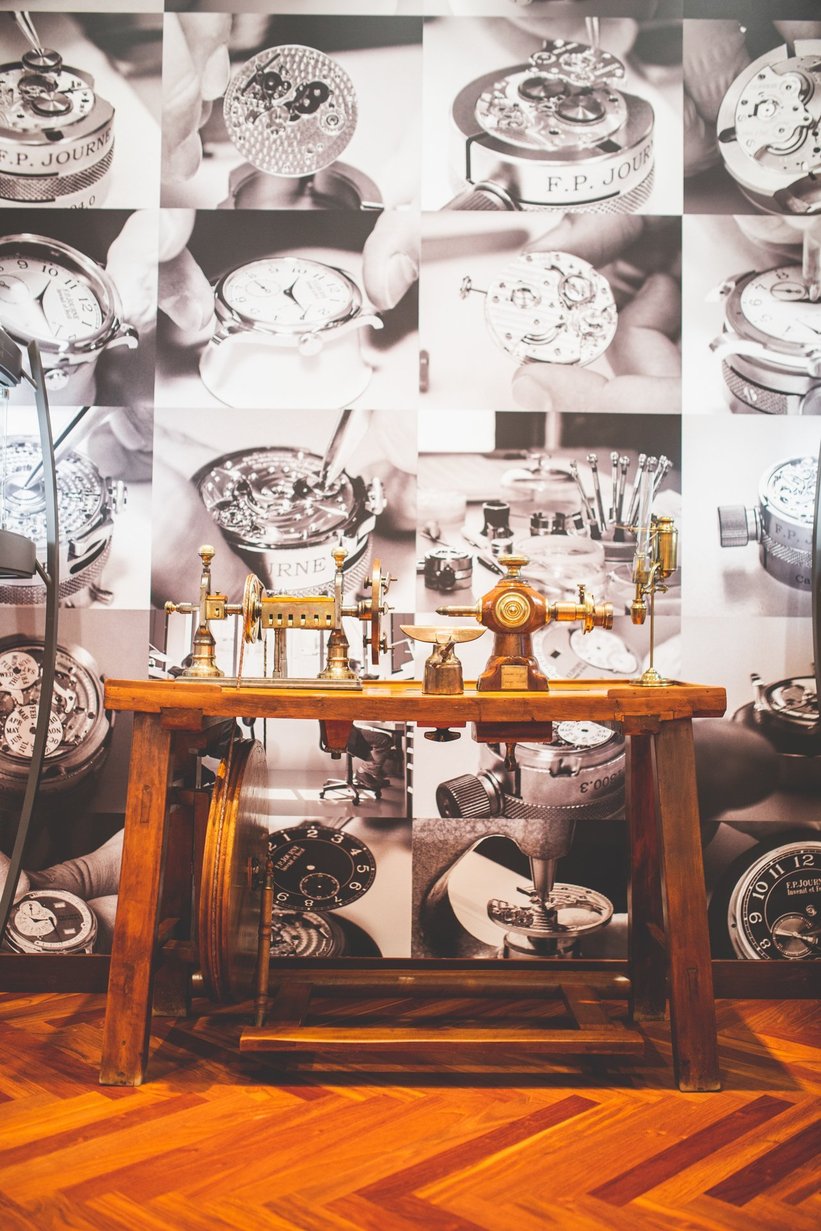
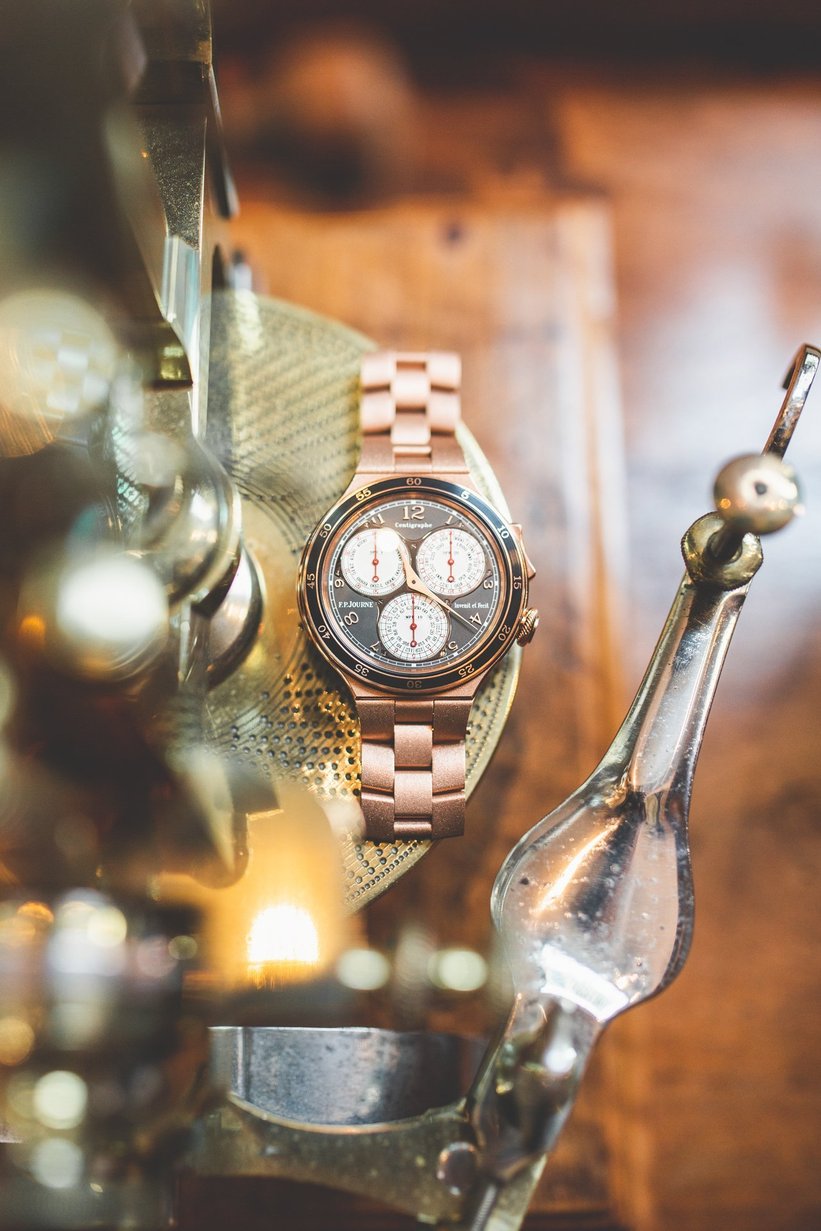
Journe signs his pieces with the Latin motto favoured by the French master watch makers of old, 'Invenit et fecit,' (' invented and made') and his horological philosophy has always been to make what he wants to make, not what the market is apparently demanding.
F.P.Journe, the man and the brand, has now come to be regarded as one of the greats of modern-day horology whose creations have made him the most awarded individual watch maker at the prestigious Grand Prix d'Horlogerie de Genève (whimsically dubbed 'the Oscars of watch making), at which he has been a winner on no fewer than seven occasions, receiving the ultimate prize of the coveted 'Aiguille d'Or' (Golden Hand) three times.
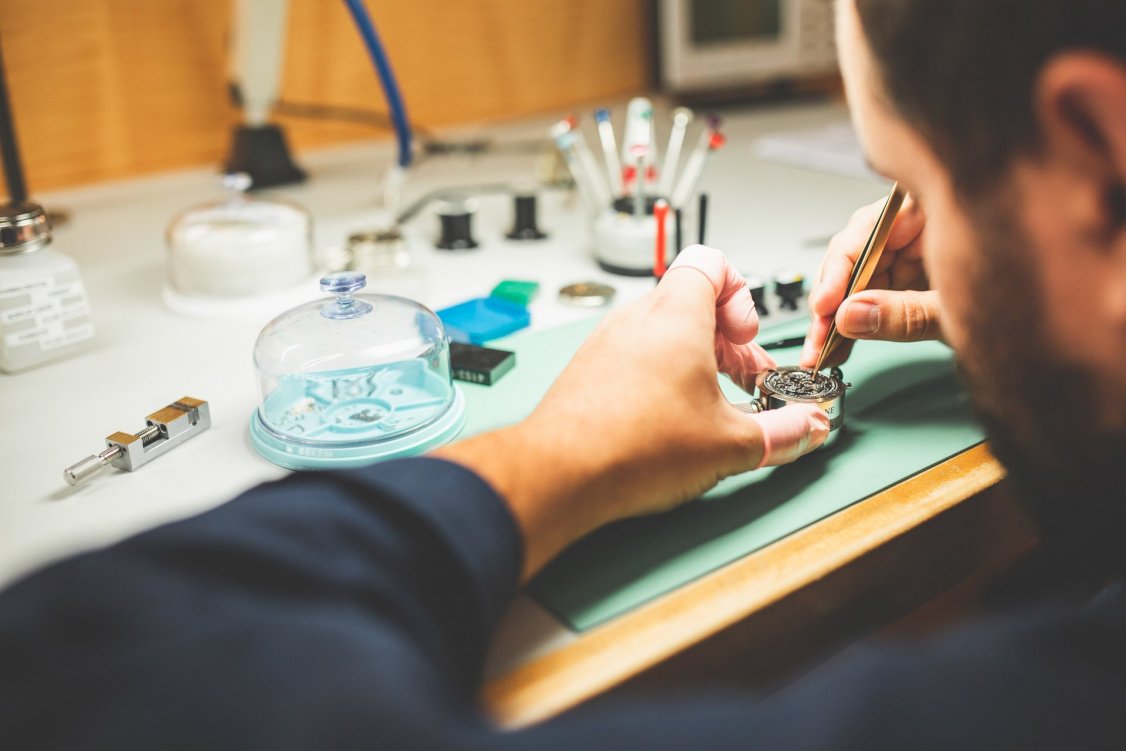
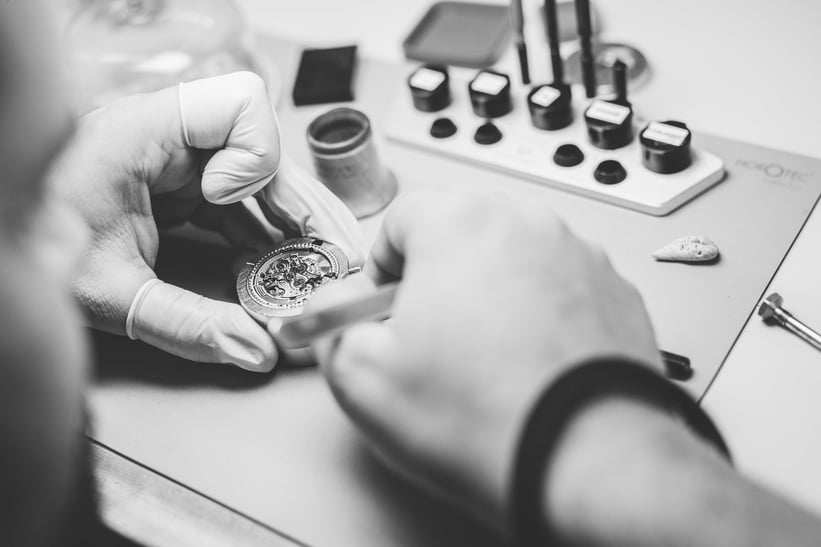
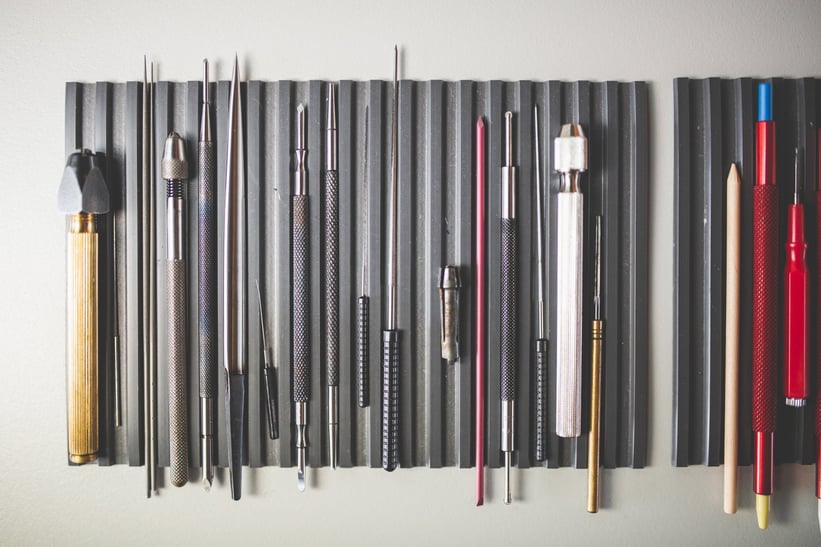
Working from a beautifully restored 19th century industrial building in Geneva's rue de l'Arquebuse, Journe personally conceives and designs every one of his innovative mechanisms and employs a small and carefully selected team of craftsmen to bring them to reality - although no more than 900 mechanical watches leave the atelier each year.
Each watch is started and finished by the same certified watchmaker, performing all production stages, including the delicate rating, casing-up and testing. F.P.Journe prides itself in maintaining a genuine watchmaker’s art.
To date, his most celebrated piece is probably the extraordinary Chronomètre à Résonance with two dials and two balance wheels which 'resonate' together for heightened accuracy - a watch Journe was moved to develop after studying a similar system created by Breguet in the 18th century using a clock and pocket watch combination.


Other stars include the Sonnerie Souveraine - grand-strike clockwatch and minute repeater - regarded as one of the finest and most covetable of all modern watches - the Octa automatic caliber with 160 hours of power reserve, the Tourbillon Souverain and the Astronomic Blue that Journe donated to last year's Only Watch charity auction. It sold for $1.8m, three times more than expected.
But, with the majority of F.P.Journe models featuring movements made from 18 carat rose gold (rather than the usual brass base), the brand is rarely associated with the world of sports watches - other than to those familiar with the lineSport collection.


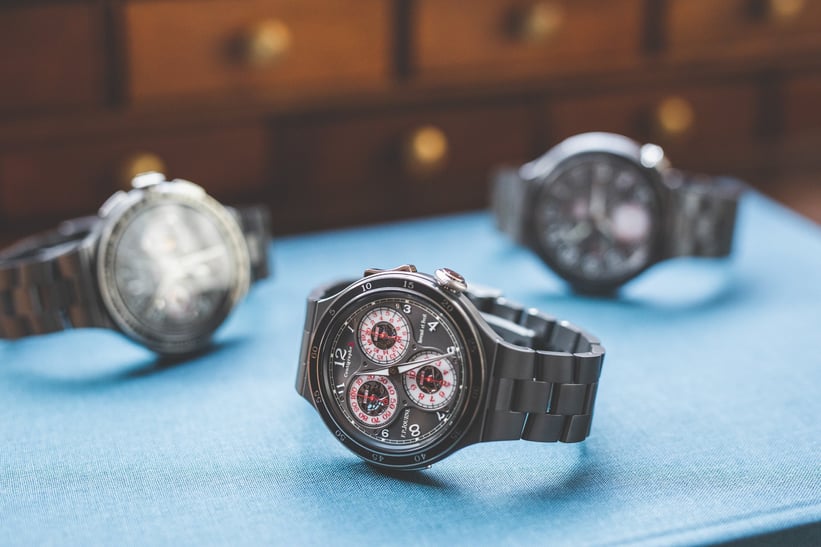
The idea for lineSport came from a Japanese collector who fancied the idea of owning an F.P.Journe sports watch and, in 2012, the maker's name was to be seen emblazoned on the side of a 220 mph Dallara Lotus competing in the Indianapolis 500 motor race at the hands of French racing driver and former F1 star Jean Alesi who, as it happens, is a close friend of Journe's.
The Centigraphe Sport chronograph worn by Alesi at the event was the world's first wristwatch to be made entirely from aluminium - movement and all - giving at a remarkable all-up weight of just 55 grams including the matching bracelet, or 12 grams for the watch head alone.
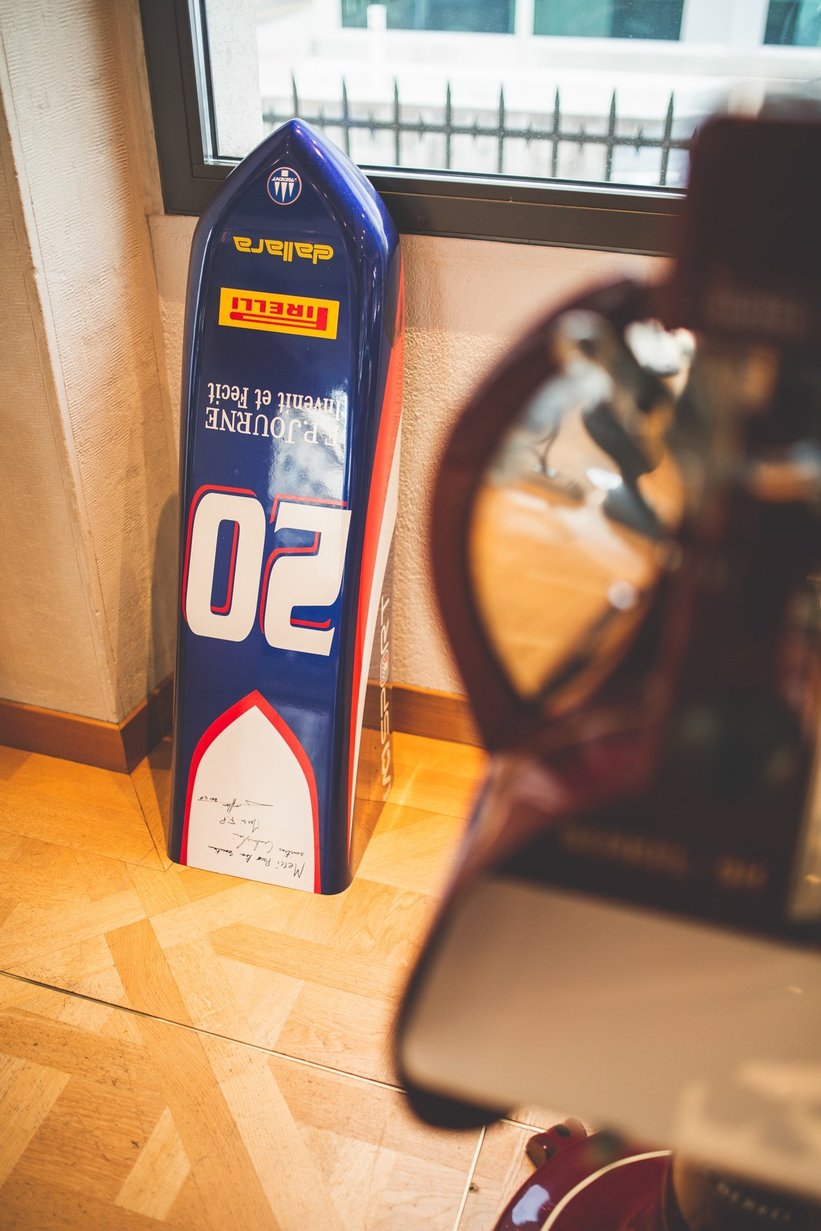
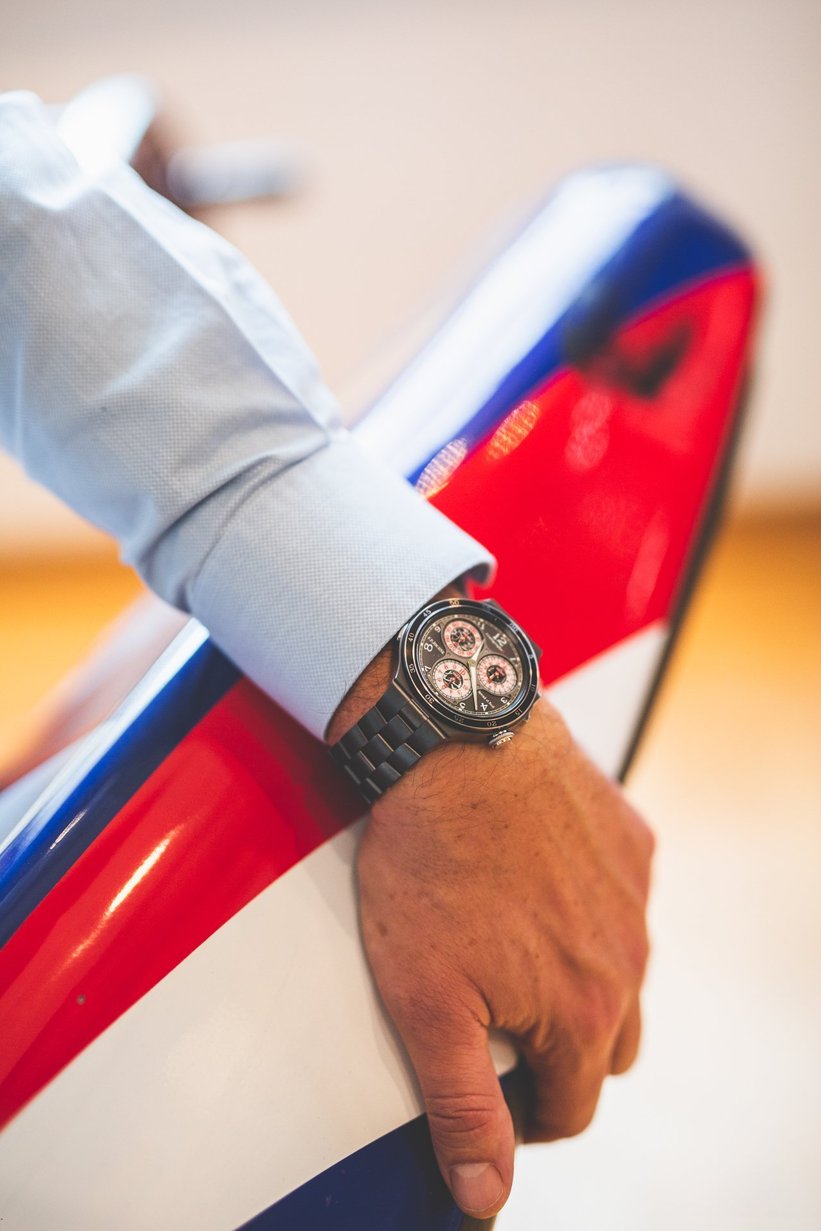
The very first example of the Centigraphe Sport raised $465,000 for victims of the 2011 Japanese earthquake when it was auctioned at Christie's, since when the lineSport models have become a key component of the F.P.Journe range and have been made available in titanium, gold and platinum. The lineSport collection now also features the Automatique Réserve and the split-second Chronographe Rattrapante.
Recently, however, the original, 42mm case size was upped by two millimetres, with the titanium version of the Centigraphe pictured here being offered with a choice of yellow or anthracite dials.
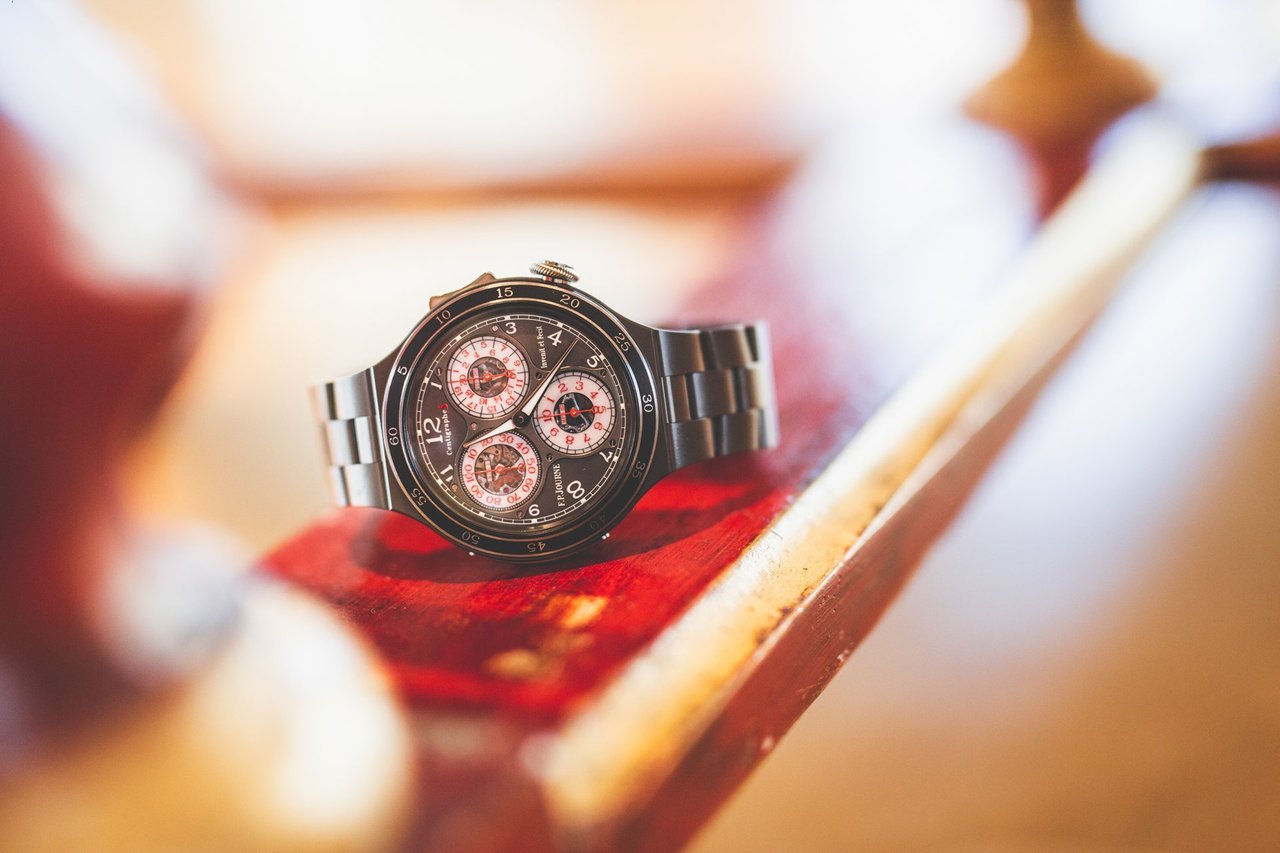
On both watches, the dials and movements are made from aluminium while the bracelet, bezel and case are all made from titanium which, as well as being light weight, is also corrosion-resistant, tough and hypo-allergenic - making it the ideal material for a hard-worn driver's watch and still weighing just 81 grams.
Luminous hands and applied numbers together with sapphire crystal sub dials, bold red markings and a 100th-of-a-second chronograph with 20-second and 10-minute counters make the design highly practical, as does the fact that the chronograph is operated by a patented ergonomic rocker rather than the usual push-buttons.
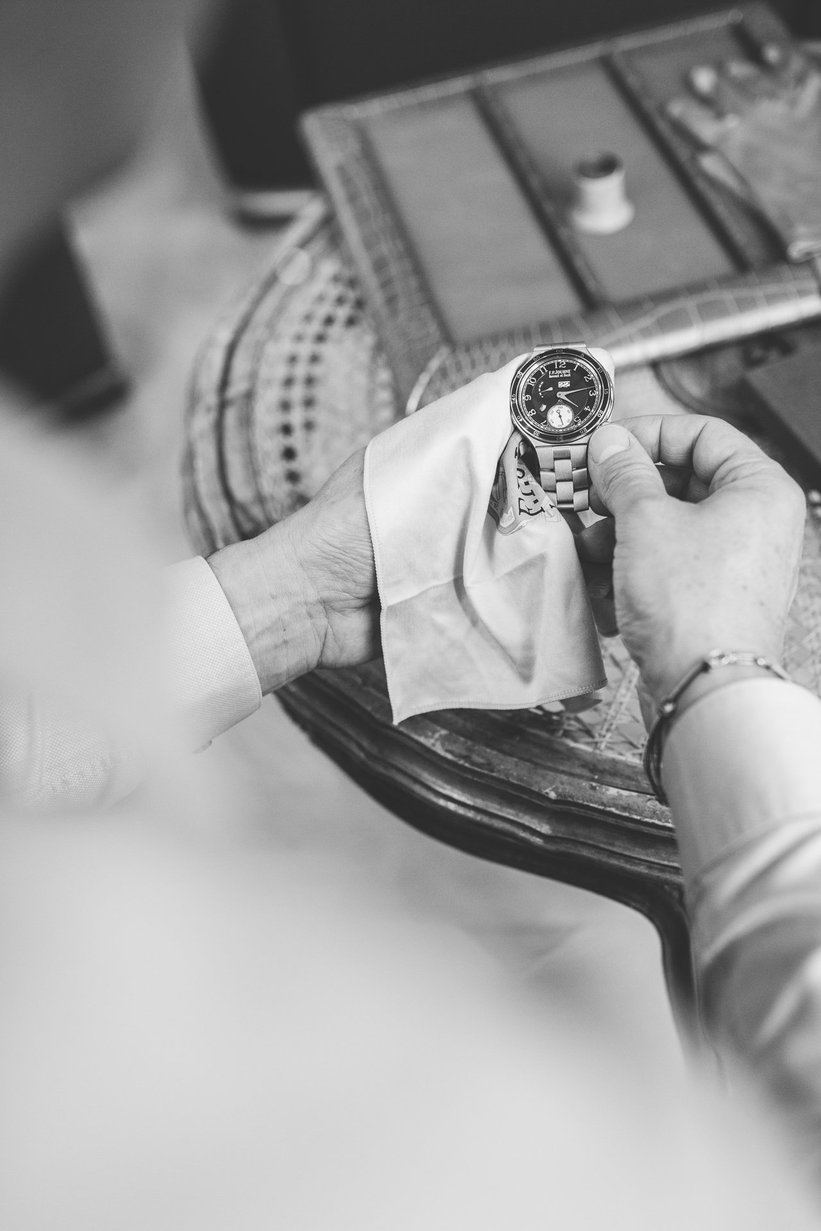
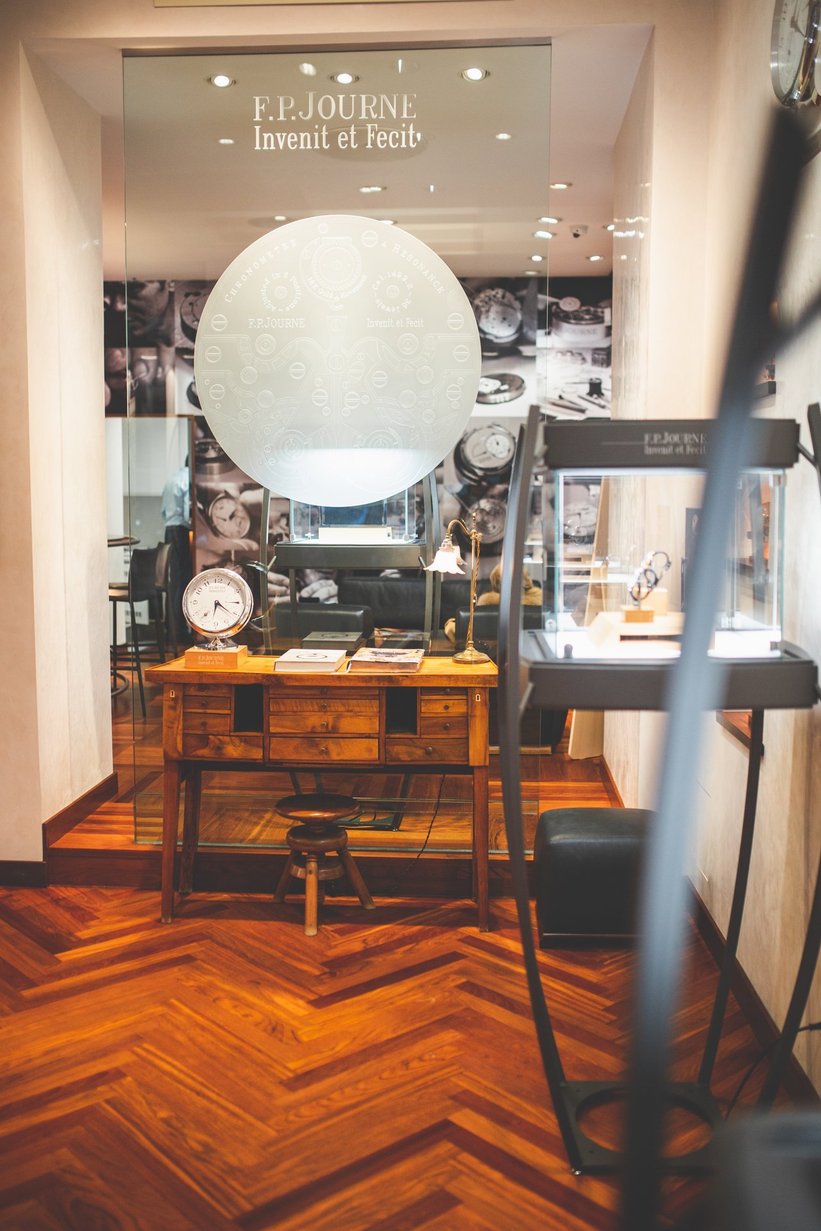
And, being an F.P.Journe, the engineering is exquisite - a patented mechanism effectively isolates the chronograph from the regular timekeeping function, meaning the amplitude of the balance, and therefore timekeeping accuracy, remains unaffected when the chronograph is running.
The 100th of a second chronograph hand, meanwhile, makes one entire revolution of the dial per second and can be stopped anywhere along the way - even, remarkably, between two 100th second divisions for absolute, pinpoint accuracy. The mainspring supplies at least 80 hours of power reserve without the chronograph, and 24 hours with the chronograph running.
Indeed, such is the appeal of the watch to the motorsport world that F.P.Journe has teamed with FIA President Jean Todt - a personal friend of Journe and a collector of the brand's products - to contribute towards research at the Paris-based Brain and Spinal Cord Institute (ICM) in its battle against diseases such as Alzheimer's, Parkinson’s and multiple sclerosis.
As a result, 30 per cent of all profits from the sale of each Centigraphe will go to the ICM and each titanium version has a list price of $62,300. A great offering, the sporty haute horology timepiece that contributes to a good cause.
Photos: Mathieu Bonnevie for Classic Driver © 2020






























